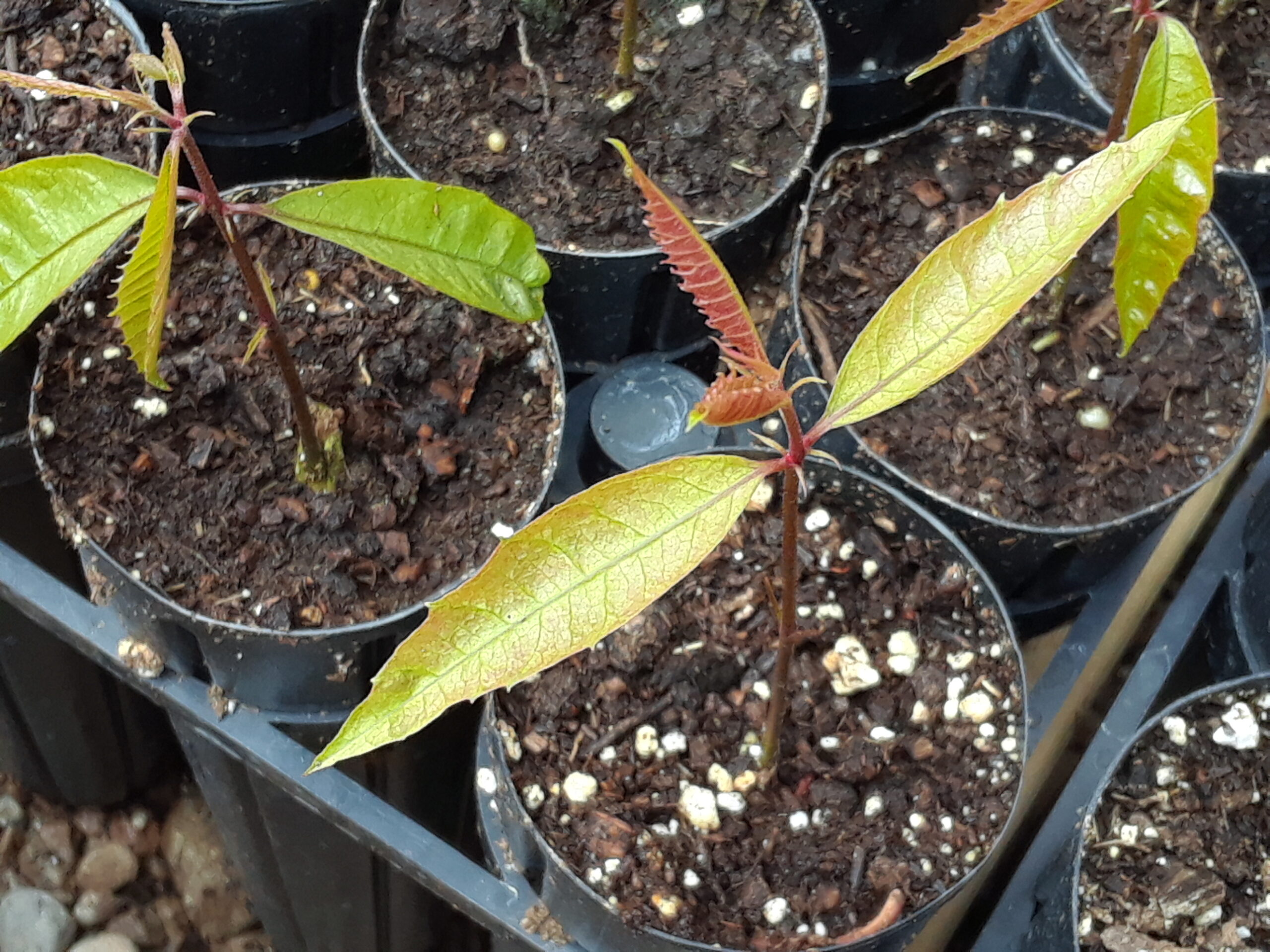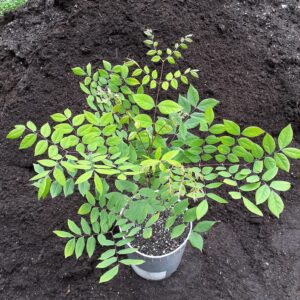American Chestnut
Castanea Dentata
The American Chestnut once dominated the forest landscape of the eastern Unites States providing an abundance of food and lumber. The chestnut blight pathogen introduced from Asia 100 years ago decimated the species. A few large trees remain in unaffected locations. The nuts were a staple food for people of generations past. Male and female flowers are on the same tree and insect pollinated. Two or more trees should be planted nearby to ensure good seed production through cross pollination. Planting in New Brunswick, outside the natural range, may improve the chance of survival due to the possible absence of the chestnut blight pathogen.
Additional information
| Foliage | Deciduous |
|---|---|
| Locale | Native to North America |
| Height | Large (60-100ft) |
| Width | Wide |
| Form | Broad, Round |
| Growth Rate | Moderate |
| Longevity | Long (over 100 years) |
| Hardiness Zones * | 4, 5 |
| Soil Preferences * | Moist, Slightly Acidic, Well Draining |
| Soil Tolerances | Clay, Dry |
| Other Tolerances | Occasional Drought |
| Sun Exposure | Full Sun (over 6 hrs), Partial Sun (4 to 6 hrs) |
| Ornamental Interest | Form |
| Wildlife Value | Bees (flowers), Birds (fruits/seeds), Butterfly Larvae (leaves), Insect Pollinators (flowers), Large Mammals (fruits/seeds), Small Mammals (fruits/seeds) |
| Human Value | Carpentry (wood), Edible (seed) |
| Seed Collection | Ordered Online |
| Planting Considerations | Prone to Wind Damage, Risk of Premature Death |











